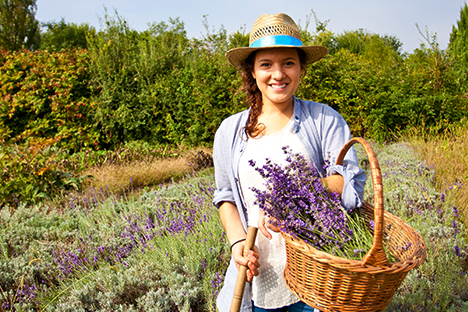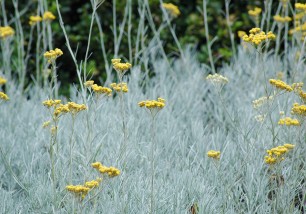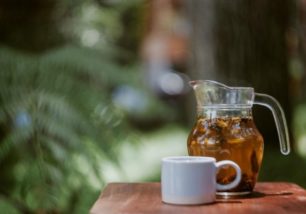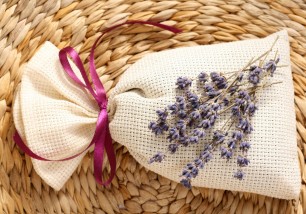AROMATIC AND MEDICINAL PLANTS: CONSERVATION
aromatic plantsdo-it-yourselfdried herbsdried plantherbal traditionpower supplyspontaneous collectionwild herbs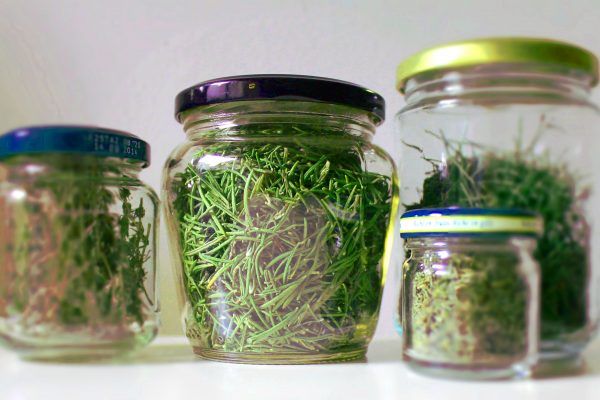
Over the past few weeks, we’ve been talking about the various details that characterize the proper preparation of medicinal plants for household use.
We started with a series of suggestions for safe and sustainable harvesting, then moved on to the main drying techniques.
For this last step of our journey, we will cover the most creative aspect of this process: preservation.
FINAL CHECKS BEFORE PACKAGING:
Regardless of the drying technique chosen, once the appropriate time has passed, make sure the plant does not have mold or other elements on its surface. In this case, it is better not to consume it for hygienic and safety reasons.
If the plant is in good condition and it is dry to the touch and of a green-gray color, it is ready to be conserved.
Plants with long branches, flowers and leaves can be shredded with clean scissors. You can also decide to separate the whole leaves, as in the case of Laurel, Basil and other aromatic herbs, so that they better preserve the aroma and essential oils.
Remember to wash your hands well and work on a sterilized surface at this stage of preservation. Once you have separated the different parts of the plant according to your needs, it’s on to packaging.
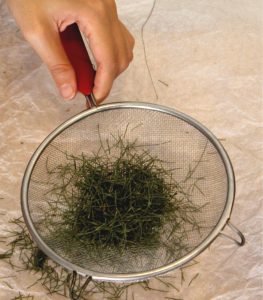 Dark glass jars with caps are the ideal solution. They allow you to save plants, protect them from dust and light, which, over time, could deteriorate the active ingredients. Remember to sterilize them in boiling water for 5 minutes and let them dry well before using them.
Dark glass jars with caps are the ideal solution. They allow you to save plants, protect them from dust and light, which, over time, could deteriorate the active ingredients. Remember to sterilize them in boiling water for 5 minutes and let them dry well before using them.
Before depositing leaves, branches and flowers in the jars, you can pass this material through a colander. This step will allow you to remove any residual dust or soil and better preserve your herbs.
PERSONALIZATION AND LABELING:
Choosing jars is a fun time and you can indulge in their decoration. You can create personalized labels with the name of the plant, its characteristics, origin and date of packaging.
If drawing is your passion, you will surely have no lack of ideas to decorate your preserves of medicinal and aromatic plants!
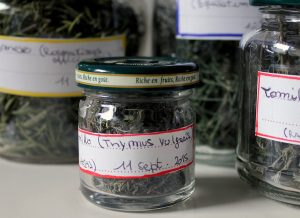 Details such as the area of origin and the date of production will also be very useful to distinguish the different harvests and take advantage of their properties while they are available.
Details such as the area of origin and the date of production will also be very useful to distinguish the different harvests and take advantage of their properties while they are available.
Think about the fact that, in most cases, the active ingredients of dried and well-preserved plants can be maintained for about a year.
A FEW IDEAS FOR YOUR STOCK OF AROMATIC AND MEDICINAL PLANTS:
If you haven’t had a chance to get organized yet, we’d like to remind you some of the plants you can harvest and dry depending on the season:
Autumn:
Coriander, Mushrooms, Carob, berries and wild fruits, Common Altea, Chicory, Saffron, Licorice, Valerian and general roots, Fragrant Verbena, Fennel (fruits) and Olive.
Winter:
Citrus, Eucalyptus, Cruciferous plants, Juniper, Heather, Plantago, Rosemary, Dandelion, Calendula, Mallow, Nettle or Violet.
Spring:
Starflower, Hawthorn, Lemon Balm, Poppy, Sage, Thyme, Dandelion, Common Toxilage, Fennel (leaves and roots), Lavender, Laurel, Chamomile, Elderberry, Helichrysum, Mint, Marjoram, Rose or Thistle (leaves and flowers).
Summer:
Thistle (fruit), Yarrow, Horsetail, Basil, Mint, Thyme, Lime, Lavender, Mugwort, Oregano, Savory, Grapevine or Anise.
If you have already made your collection, that’s perfect! You can start decorating and labeling.
Since Christmas is approaching, it might be a good idea to make personalized gifts to put under the tree using your collection of herbs and medicines.
ANNALISA PORRU
Other articles that may interest you:
Aromatic and medicinal plants: harvesting
Aromatic and medicinal plants: drying techniques
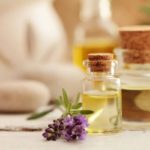 ESSENTIAL OILS: WELLNESS IN HOME
ESSENTIAL OILS: WELLNESS IN HOME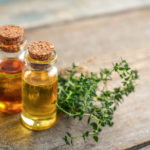 THYME ESSENTIAL OIL: USES AND PROPERTIES
THYME ESSENTIAL OIL: USES AND PROPERTIES AROMATHERAPY: HOW TO CHOOSE AN ESSENTIAL OIL
AROMATHERAPY: HOW TO CHOOSE AN ESSENTIAL OIL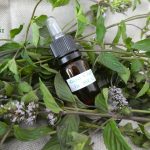 HOW TO DISTILL MINT
HOW TO DISTILL MINT AROMATHERAPY: HISTORY
AROMATHERAPY: HISTORY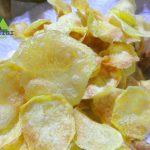 POTATO CHIPS WITH ROSEMARY AROMATIC WATER
POTATO CHIPS WITH ROSEMARY AROMATIC WATER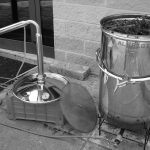 ROSEMARY ESSENTIAL OIL: CULTIVATION AND PRODUCTION
ROSEMARY ESSENTIAL OIL: CULTIVATION AND PRODUCTION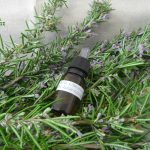 HOW TO DISTILL ROSEMARY
HOW TO DISTILL ROSEMARY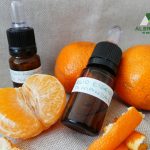 HOW TO DISTILL TANGERINE PEEL
HOW TO DISTILL TANGERINE PEEL NEEM OIL, FROM THE PLANT OF GOOD HEALTH
NEEM OIL, FROM THE PLANT OF GOOD HEALTH HERBAL TEAS, INFUSIONS AND DECOCTIONS: THE DIFFERENCES AND METHODS OF PREPARATION
HERBAL TEAS, INFUSIONS AND DECOCTIONS: THE DIFFERENCES AND METHODS OF PREPARATION HOW TO MAKE HOMEMADE ESSENTIAL OILS
HOW TO MAKE HOMEMADE ESSENTIAL OILS HEALTHY HAIR WITH AROMATIC PLANTS
HEALTHY HAIR WITH AROMATIC PLANTS THE GOOD NIGHT PLANTS
THE GOOD NIGHT PLANTS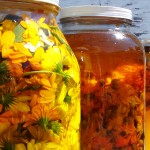 OLEOLITES: THE POWER OF HERBS IN OIL
OLEOLITES: THE POWER OF HERBS IN OIL ENFLEURAGE: ANCIENT TECHNIQUE TO EXTRACT ESSENCES FROM FLOWER PETALS
ENFLEURAGE: ANCIENT TECHNIQUE TO EXTRACT ESSENCES FROM FLOWER PETALS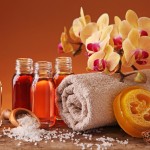 ESSENTIAL OILS AND ECOLOGICAL DETERGENTS FOR HOUSE CLEANING
ESSENTIAL OILS AND ECOLOGICAL DETERGENTS FOR HOUSE CLEANING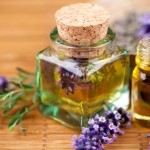 OIL FOR STRENGTHENING HAIR
OIL FOR STRENGTHENING HAIR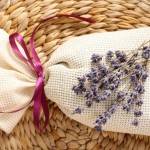 SCENTED BAGS WITH DRIED HERBS AND ESSENTIAL OILS
SCENTED BAGS WITH DRIED HERBS AND ESSENTIAL OILS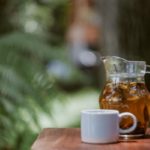 PURIFYING AND CLEANSING HERBAL TEAS DO-IT-YOURSELF
PURIFYING AND CLEANSING HERBAL TEAS DO-IT-YOURSELF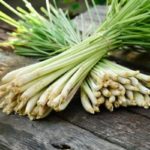 LEMONGRASS: ESSENTIAL OIL TO FIGHT TUMORS
LEMONGRASS: ESSENTIAL OIL TO FIGHT TUMORS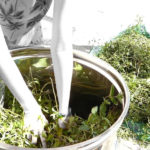 MINT ESSENTIAL OIL: CULTIVATION AND PRODUCTION
MINT ESSENTIAL OIL: CULTIVATION AND PRODUCTION CITRUS FRUITS AND ALZHEIMER’S DISEASE: NEW DISCOVERIES
CITRUS FRUITS AND ALZHEIMER’S DISEASE: NEW DISCOVERIES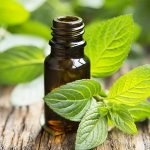 MINT ESSENTIAL OIL: USES AND PROPERTIES
MINT ESSENTIAL OIL: USES AND PROPERTIES